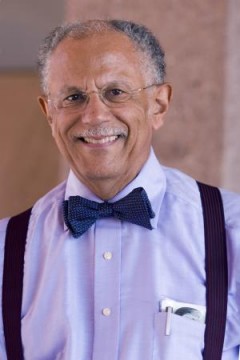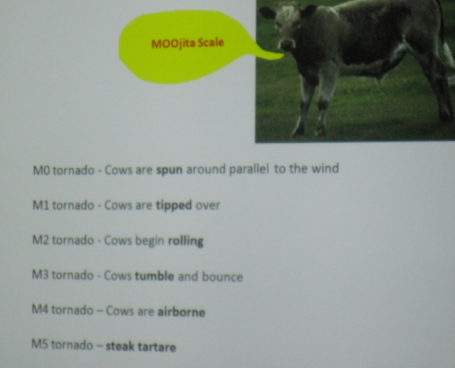
AMS Past President Warren Washington, a leader in the development of climate modeling, was one of the ten winners of the National Medal of Science announced Friday by President Obama at the White House. Since 1959 this has been the highest honor bestowed by the nation to its scientists, and very few in the atmospheric, oceanographic, and related sciences have been among the recipients–including Jacob Bjerknes, Roger Revelle, Susan Solomon, Helmut Landsberg, Henry Stommel, Charles Keeling, Verner Suomi, and Wallace Broecker.
In a statement issued by the National Center for Atmospheric Research, where he has worked since 1963, Washington says:
I am very pleased to receive this honor, which recognizes not only my work but that of my many colleagues whom I’ve had the pleasure of working with for more than 45 years. Akira Kasahara and Jerry Meehl, at NCAR, contributed significantly to the development of computer climate models, and support from NSF and the Department of Energy enabled us to make research advancements that I hope will contribute to mankind’s ability to sustain this planet.
President Obama remarked today:
The extraordinary accomplishments of these scientists, engineers, and inventors are a testament to American industry and ingenuity….Their achievements have redrawn the frontiers of human knowledge while enhancing American prosperity, and it is my tremendous pleasure to honor them for their important contributions.
Another AMS Past President, Bob Ryan, wrote on his blog,
Warren has been and continues as one of the world’s leading climate researchers of the 20th and now 21st centuries. His contributions to meteorology, science, public understanding, education and opportunity and service to his science are immense. Warren is one of those people whom we cross paths with personally, professionally or both, whom we know have enriched our lives. Someone you look forward to seeing again . . . and again. That’s a Warren Washington.
Adds Roger Wakimoto, the director of NCAR:
His scientific leadership, innate diplomacy, as well as the mentorship to future generations of scientists have deeply and profoundly impacted our field.


